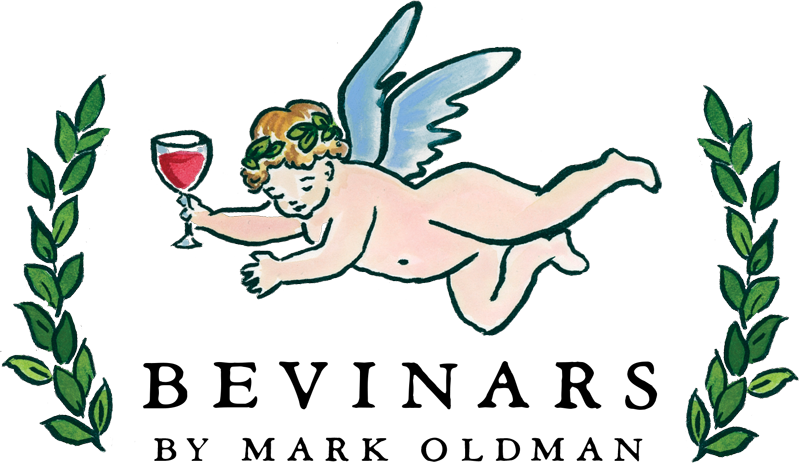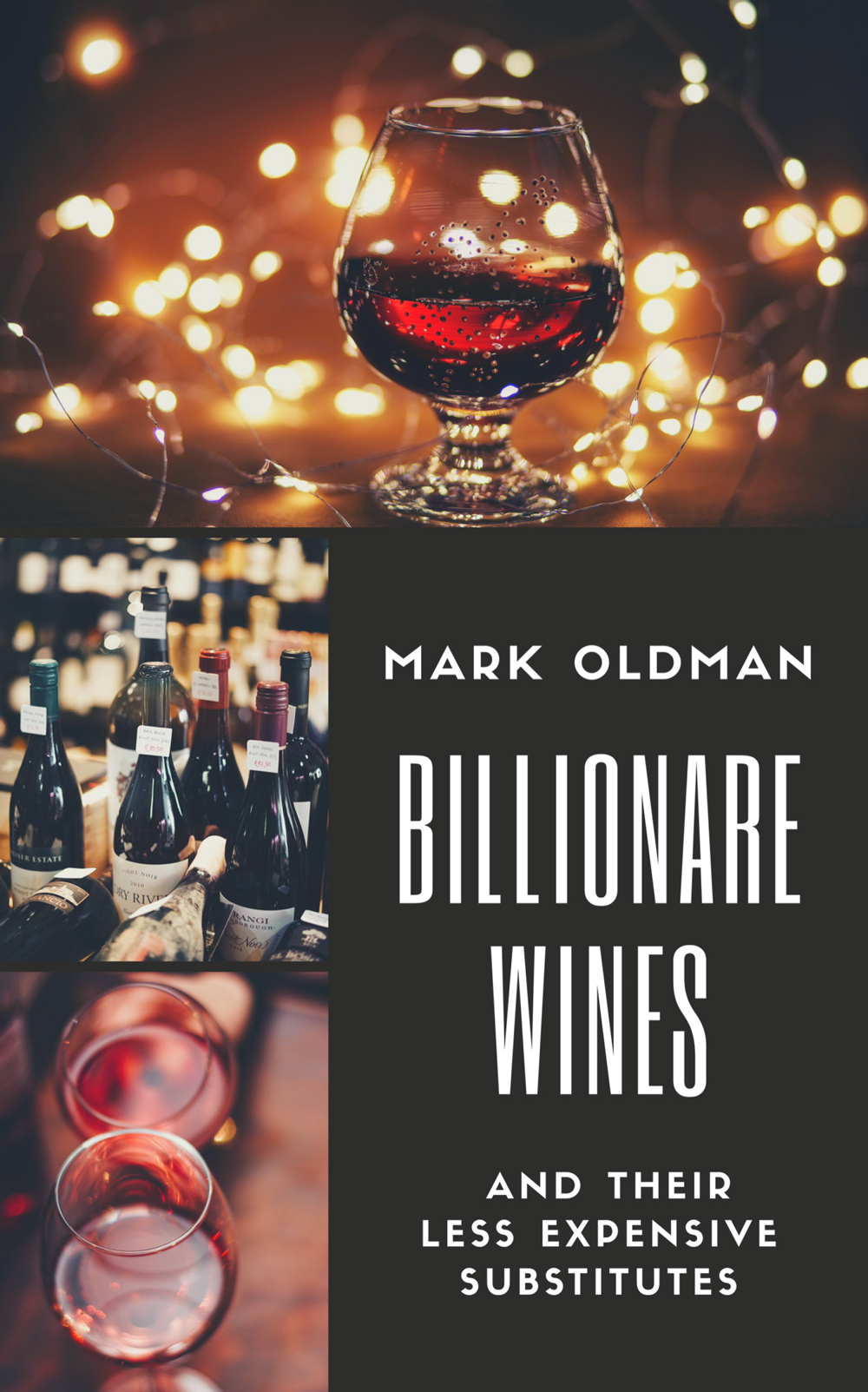How Heavy is Your Red Wine? Plus: 25 Varieties Ranked
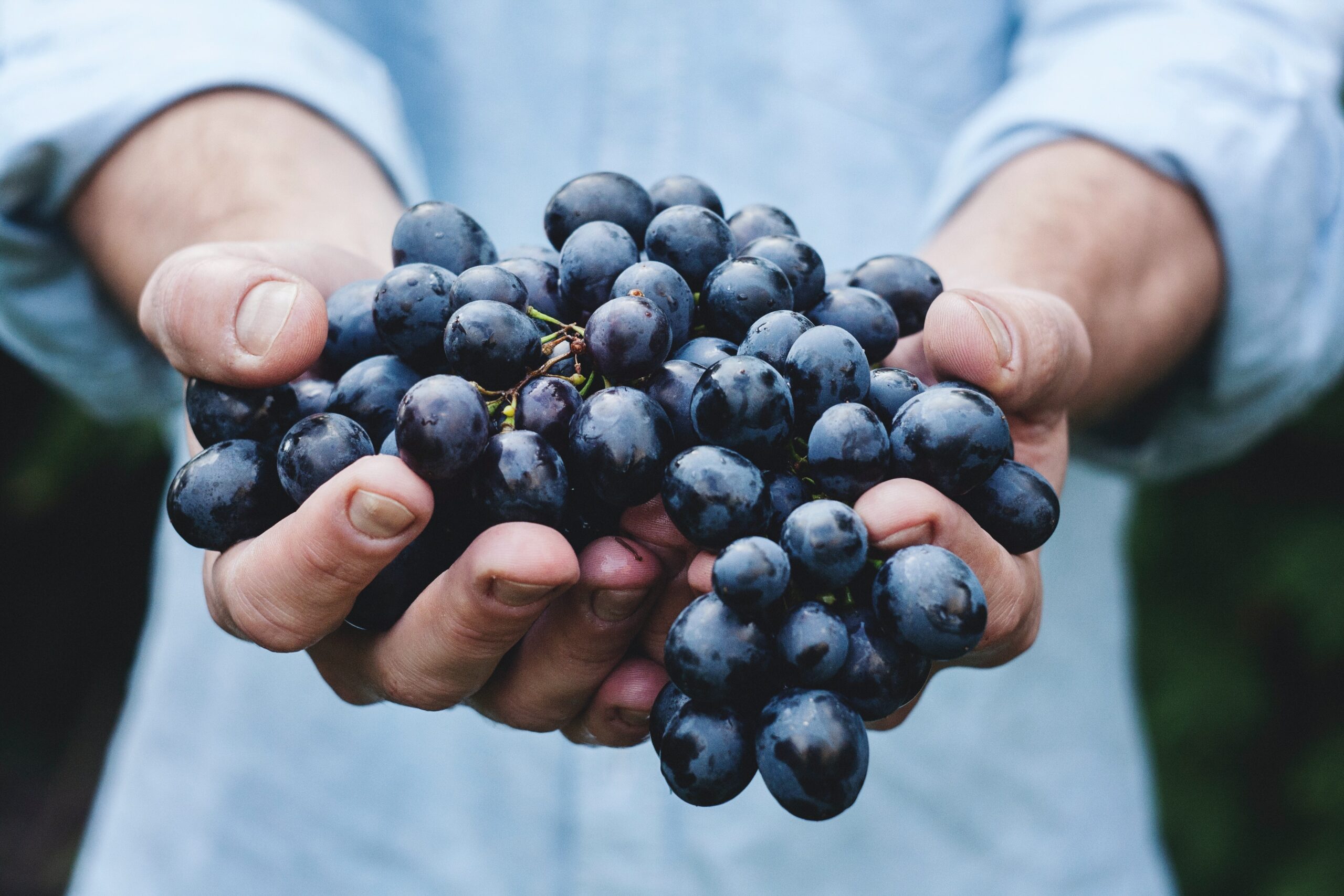
“I’d like a light red wine” or “that Cabernet is way too heavy for me” might be overheard in any wine bar around the world, expressing red wine preferences. When it comes to learning red wine appreciation, what exactly does “wine weight” mean? One wine expert says that the easiest way to assess a wine’s body weight is to simply ask yourself: How mouth-filling is this wine?
Yet beyond this, for a vinous characteristic that wine connoisseurs frequently discuss, the exact meaning of a wine’s weight and its importance remain misunderstood. Whether a red wine is “heavy” or “light” obviously has metaphorical meaning but linked to real physical and chemical properties in turn determined by the grape variety, terroir, and winemaking. Let’s delve into the concept of wine weight and what factors account for it. As an added wine essential bonus, below find a comprehensive chart of 25 red wine types ranked from the lightest to the heaviest to start learning red wine. So, pour yourself a glass, and get ready to embark on an exploration of this weighty topic.
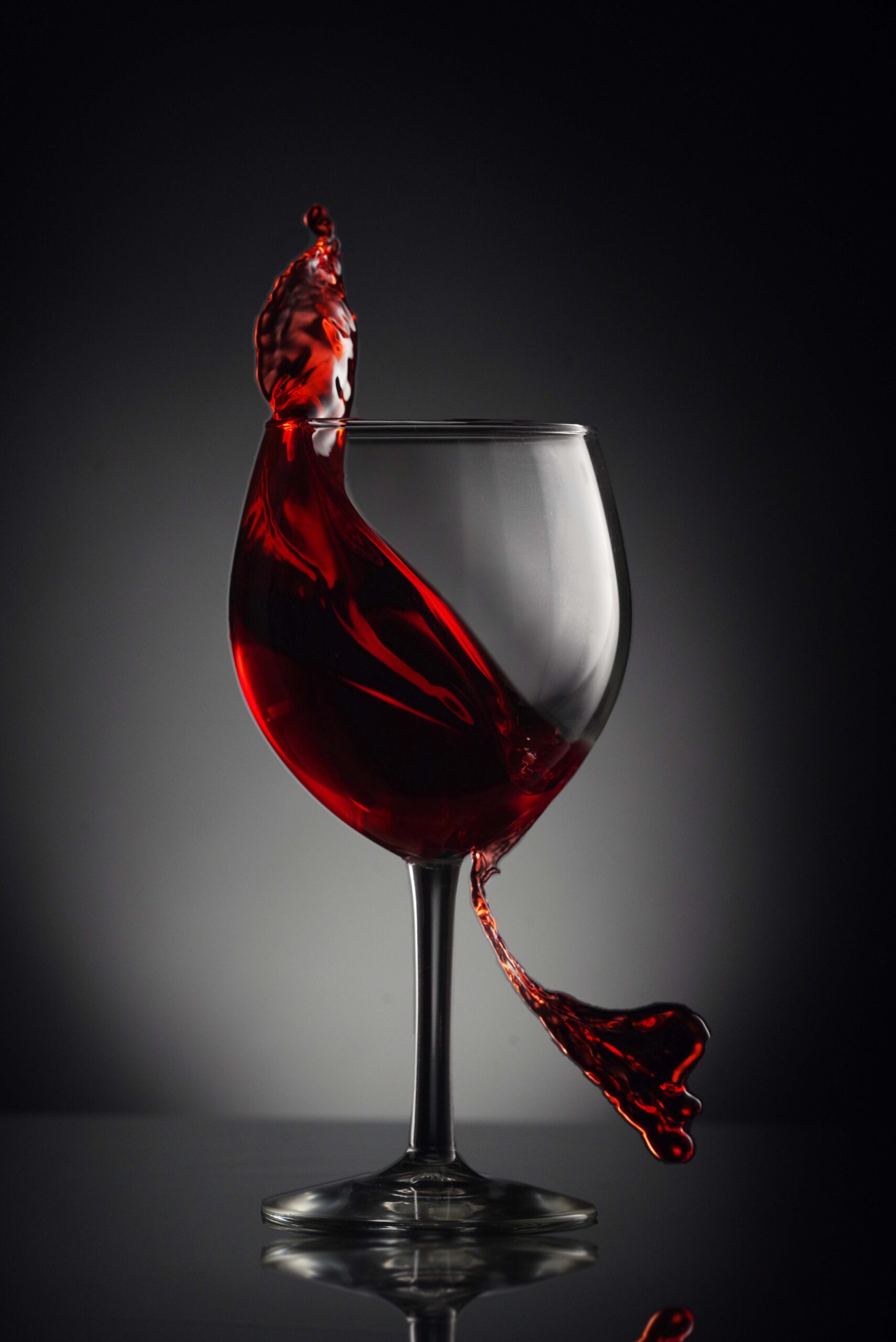
Understanding Wine Weight
Wine weight, also referred to as wine body (and related to wine “structure”) constitutes a fundamental aspect of wine appreciation and learning red wine in particular. Some may think of weight and body slightly differently, but they are essentially related. “Heavy” or “light” describe the tactile sensation you experience when you take a sip of wine and feel its texture and density in your mouth. A good comparison for wine weight is the idea of a coffee or tea’s body or richness, which can be encapsulated as the wine’s “mouthfeel.” This term from academic sensory analysis has now become pretty commonplace.
Factors Giving Weight to Red Wine
Several factors contribute to the perception of wine weight, including:
• Grape Variety: Different grape varieties offer distinct characteristics that influence the wine’s weight. For instance, Pinot Noir produces lighter-bodied wines, while Cabernet Sauvignon yields fuller-bodied ones.
• Alcohol Content: Higher alcohol levels often result in a perception of heavier red wine weight. This is because alcohol contributes to the wine’s viscosity and mouth-coating texture.
• Residual Sugar: Wines with residual sugar, such as some Zinfandels or late-harvest wines, can feel heavier because of their sweetness.
• Tannins: Red wines with prominent tannins, like Cabernet Sauvignon, the appropriately named Tannat or Nebbiolo, can feel more structured and weighty.
• Oak Aging: Wines aged in oak barrels often gain a smoother and creamier texture, and even some tannin, adding to their perceived weight. This can vary depending on whether the oak is new or aged.
• Winemaking Techniques: Winemakers can manipulate wine weight through techniques like extended maceration or lees stirring, which influence the wine’s texture.
• Climate and Region: The climate and terroir of the wine-producing region play a significant role. Warmer climates tend to produce riper grapes with higher sugar content, resulting in wines with more weight.
Wine expert Nick Jackson MW In his book Beyond Flavour says that “the body of a wine overlaps with the discussion both of fruit density and of alcohol” involving combined factors of fruit density, alcohol and tannin levels, as well as “winemaking choices such as lees ageing or use of oak.”
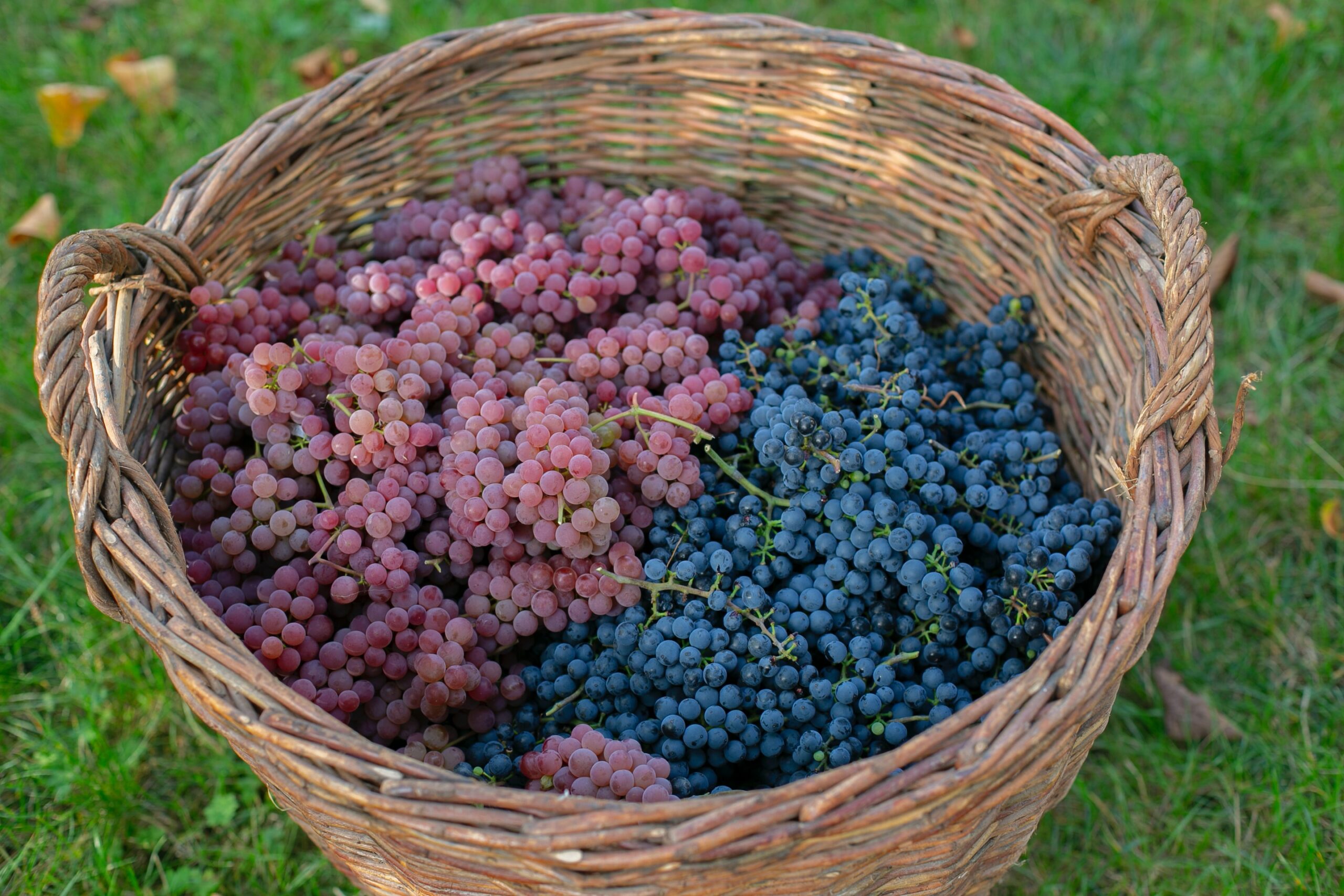
What Does Wine Weight Mean?
Wine weight affects our perception of a wine’s overall character. An essential element of wine tasting, this mouthfeel provides valuable information about a wine’s style, complexity, and advisable food pairings. Jackson says, “a fuller body is usually associated with a warmer climate and a lighter body with a cooler one.” He cautions, however, that exceptions exist. A Langhe Nebbiolo from a relatively warm climate may have a high alcohol level and still not count as a heavy wine. Understanding wine weight can help you make informed choices when selecting a bottle to complement your meal or personal preferences.
The concept of a wine’s weight incorporates the following topics, which you can explore more fully in a wine class:
1. Light-Bodied Wines: Lighter wines, such as Pinot Noir or Gamay, are often described as delicate, crisp, and refreshing. They feature lower viscosity, making them ideal for warm weather, lighter dishes, or casual sipping. Light-bodied wines rely on their bright acidity and subtle flavors.
2. Medium-Bodied Wines: Wines with a medium body, like many renditions of Merlot or Sangiovese, strike a balance between light and heavy. The best versions will harmoniously combine fruitiness, structure, and texture. Medium-bodied wines are versatile and pair well with a wide range of cuisines.
3. Full-Bodied Wines: Full-bodied wines, such as Cabernet Sauvignon or Syrah scream robust and intense to the palate. They express a rich, full texture that coats the palate. These wines often display bold flavors, significant tannins, and a long finish. Full-bodied wines are best enjoyed with hearty dishes and aged cheeses.
4. Heavy-Bodied Wines: The heaviest wines, like Amarone or Petite Sirah, are dense and powerful. They can be almost chewy in texture and exhibit intense flavors and high alcohol content. These wines are typically best suited for special occasions and robust, flavorful dishes.
Ranking Red Wines from Lightest to Heaviest
Now that we have a better understanding of wine weight, let’s explore 25 red wines, ranked from the lightest to the heaviest. No exact science exists, so you may agree or disagree with some of the rankings, but overall they give a good impression of how wine styles vary in body. A great way to learn more about grape varieties and varietals wines is to take a wine class or hold a virtual wine event with friends or colleagues.
| Varietal/Wine | Example | Light-Medium-Heavy |
| Gamay | Beaujolais | Light |
| Pinot Noir | Red Bourgogne | Light to Light- Medium |
| Grenache or Garnacha | Campo de Borja Garnacha | Light to Light-Medium |
| Barbera | Nizza DOCG | Light-Medium |
| Valpolicella blend | Valpolicella DOC | Light-Medium |
| Dolcetto | Dolcetto d’Alba DOC | Light-Medium |
| Carmenere | Peumo Carmenere | Medium |
| Carignan | Corbières | Medium |
| Mencia | Bierzo | Light to Light-Medium |
| Cabernet Franc | Chinon | Medium |
| Sangiovese | Chianti | Medium |
| Merlot | Pomerol | Medium |
| GSM Blend | Upper Rhone | Medium to Medium-Heavy |
| Zinfandel | Sonoma County | Medium to Medium-heavy |
| Syrah/Shiraz | Barossa Valley | Heavy |
| Tempranillo | Ribera del Duero | Heavy |
| Nebbiolo | Barolo DOCG | Heavy |
| Aglianico | Taurasi | Heavy |
| Cabernet Sauvignon | Napa Valley | Heavy |
| Petit Verdot | Bordeaux blends | Heavy |
| Touriga Nacional | Douro Valley | Heavy |
| Amarone | Valpolicella DOCG | Heavy |
| Tannat | Canelones, Uruguay | Heavy + |
| Sagrantino | Montefalco Sagrantino DOCG | Heavy + |
| Aged Port | LBV Port | Heavy |
The above rankings don’t represent absolute values, as winemaking practices and regional variations result in notable differences in wine style representing the superb effects of terroir. However, this list provides a general guideline for understanding the relative weight of different red wine varieties.
Wine weight constitutes a crucial aspect of learning red wine and wine tasting, influencing perceptions of a wine’s texture, body, and overall character. By considering factors such as grape variety, alcohol content, and winemaking techniques, you can better appreciate the diverse red wine realm. Whether you prefer Pinot Noir’s lightness or Amarone’s heft, understanding wine weight enhances wine appreciation. It also informs important decision making regarding selections to suit your palate and special occasions. Cheers to exploring the rich tapestry of red wines!

